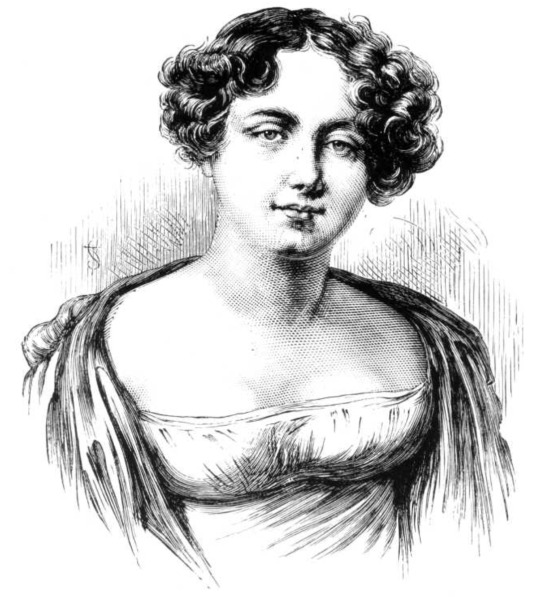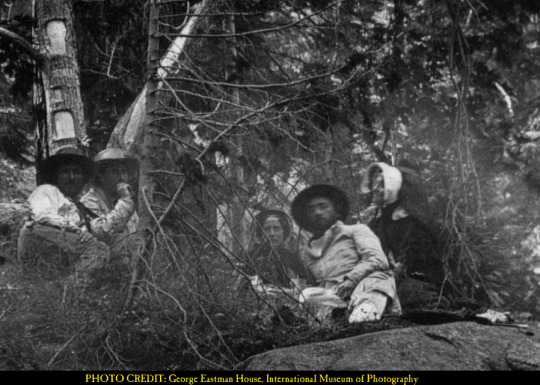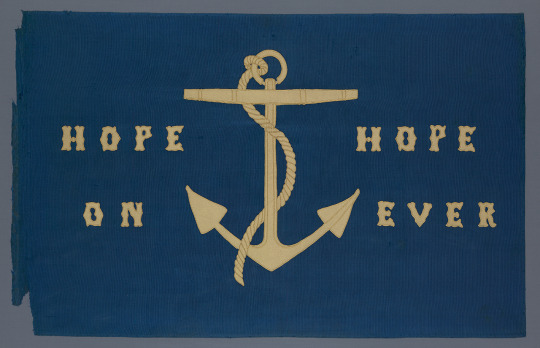#he’s captaining King George’s yacht and they see an American ship and he has this intrusive thought or something
Text
Actually I take back what I said in the tags of that “what would fix your blorbo” poll. 10,000,000 USD, in specifically that form, would potentially fix Horatio Hornblower. Untold riches in United States money, unaccountably delivered to a Royal Navy captain? What could it possibly be but the price of treason? They’d hang him for certain. And he’s always so angsty when people don’t hang him. He wants so badly to be punished for things nobody else thinks are that bad. Maybe if they executed him as the result of an anachronistically phrased Tumblr poll, maybe then he’d finally be happy.
#alternatively he could in fact defect to the Americans#he considers doing this in an uncollected short story (by csf - not fic!) for Absolutely No Reason At All#he’s captaining King George’s yacht and they see an American ship and he has this intrusive thought or something#to the effect of ‘I could just give them the King. They probably wouldn’t execute him and the war would end’#he thinks about it for a minute and then doesn’t#I think forester retconned it for timeline reasons or something#but to me it is peak hornblower. so maybe THAT would fix him. I do want him to go rogue so badly#hornblower
89 notes
·
View notes
Note
Topic: Lady Jane Franklin ????
Oh yes and with very great pleasure, she was a fascinating woman. Quite the opposite what the society expected from her and yet she stood her man. Since I did not quite know what exactly you wanted from her, I simply chose her biography to give an insight into her life. But please don’t be angry if I put the whole thing under the continuereading line at some point, but the text is really very long and with the pictures even longer. But I hope you like what I wrote about her.

Lady Jane Griffin (Franklin) (1791-1875)
Jane Griffin was born as one of three daughters of John Griffin and Mary Guillemard on 4 December 1791. She was very well educated at home and thanks to her father could travel a lot early on, which she also did with passion, and was a very good friend of Eleanor Anne Porden, who was married to John Franklin and gave birth to him a daughter. Unfortunately she died on 22 February 1825, only six days after John left her for an Arctic expedition. When he returned in 1827, he became known as the man who had eaten his boots, and had to realise that his wife had died of tuberculosis. His daughter Eleanor was meanwhile raised by her friend Jane. The two quickly came together and already in 1828 they were engaged and married in November of the same year, even if it was only a small and very quiet marriage. Less than five months later she became Lady Jane Franklin because John was knighted. And she was always called Lady Franklin, never Lady Jane.

Interestingly, it is always said that she had never been photographed. But that’s not true, there is a single picture of her together with her niece. Sophia is the one in the middle and Lady Franklin sits on the side.
From 23 August 1830 to 1834 John left her alone in England as he commanded the Rainbow, 28 guns, and then stayed in the Mediterranean. Jane didn’t let this bother her either, but she accompanied her husband from time to time, but mostly used her free time and travelled to Africa, Syria and Asia. An incident brought her a little more trouble with her husband. She sailed on the Nile and met a young man named Johann Lieder. A smart young portestant missionary. He flirted very strongly with her and even lay down with her on a blanket. She even wrote all this in her diary, but she lacked this certain kind of passion which led to the conclusion that she had also had sex with him. Rather, she seemed to have no interest in sex at all, suggesting that she might have been asexual. Since her marriage was also free of children. The society had rather suspected John and there were even rumours in the circles in which the two moved that he allegedly froze his hangings during his Arctic expedition. But what really was the reason why the two had no children and whether she really had no interest in sexual activities can definitely not be said today.

Lady Jane Franklin, by Thomas Bock 1838
When John was promoted to Lieut. Governor of Van Diemen’s Land (Tasmania) in 1836, it didn’t take long for Jane to follow him with his niece Sophia Cracroft. Who was to live with them from then on. Jane saw Van Diemen’s as an opportunity to become active there and tried everything to change this island culturally and socially. Especially the female prisoners had done it to her. So she tried to give them a second chance with education and tried it instead of punishment with resocialization. John gave her his consent and so she could decide relatively freely and do what she wanted. Jane even founded a museum, a scientific society that became the first Royal Society for the Advancement of Science outside the UK. She also founded a scientific journal, a boys’ school, a botanical garden, an art gallery, a farm for peasants in the Huon. She paid one shilling per capita to get rid of snakes. She adopted Aboriginal children to see what happened when they were “civilized” - although she paid little attention to them herself and left “civilization” to others.
Only the men of society didn’t like that and so she, but also John, was repeatedly pointed out what kind of role she had to play and that would be a passive one. Also her very offensive flirting with Captain James Clark Ross, when he stopped in Tasmania to start his Antartis expedition, was considered too daring and was openly admonished to refrain. Ross but also Franklin didn’t seem to mind that much. At least there are no written statements or official reports about it.

Sir John Franklin, portrait by E.P. Hardy, engraved by D.F. Murphy, ca 1845
She was also interested in research. She was the first European woman to climb Mount Wellington and travelled by land to Macquarie Harbour on Tasmania’s wild west coast. On the mainland, Franklin travelled from Melbourne to Sydney, which in 1839 was considered a difficult journey and probably the first woman to do so. In 1841 she visited South Australia and New Zealand, taking countless notes on everything she observed. When John was called back under shabby circumstances in 1843 and heard that John Barrow, the Admiralty’s polar research man, was planning another search for a Northwest Passage, he strongly supported the command and got it. HMS Erebus and Terror and 129 crew members started in May 1845 with a big fanfare from the Thames, but they could not be seen again by any of their countrymen. In this time she travelled together with Sophia to America.
After two years without a word Jane took over the reins and began to ask the admiralty to conduct search expeditions. The earliest, ordered by James Clark Ross, was sent out in 1848, and it was only the first of about 40 expeditions that would search land, ice and seas in vain for 11 years. Many of the searches took place with Royal Navy ships under admiralty orders, but six were with ships owned or financed by Jane, using commanders and crews selected and paid by her. She even wrote to the US President and her wealthy American friend, Henry Grinnell, whom she had visited in 1846, asking for her help, and they responded by sending two ships owned by Grinnell and manned by the US Navy.

A sledge flag embroidered with Sir John Barrow’s motto ‘HOPE ON HOPE EVER’ made by Lady Jane Franklin for Lieutenant Bedford Pim. It was flown from HM sledge ‘John Barrow’ commanded by Pim when he made contact with the crew of ‘Investigator’ on 6 April 1853, during the Belcher Franklin search Expedition 1852-1854
The Royal Navy abandoned the search in 1855 after John Rae, the land explorer, brought artifacts from the Franklin ships acquired by the local Inuit, stories of men dying attempting to migrate south, and even reports of evidence of cannibalism. The accusation of cannibalism outraged Lady Franklin - English did not do such things, not under John Franklin’s supervision - and she purchased another ship, a luxury yacht, which Fox converted and dispatched with the experienced Arctic explorer and sled master, Francis McClintock. It was this expedition that finally found on 6 May 1859 a pile of stones with a document certifying that Erebus and Terror had been abandoned, the men now on foot, and that John Franklin had died on 11 June 1847. Jane could now rest, now that John was in peace.
The past years had been very exhausting for her and she started to travel again with the certainty that John would not come again. So in 1860 her way led her to New York and from there to Canada. But she was also awarded with the Royal Geographical Society’s Founder’s Gold Medal in that year. She surrounded Cape Horn and travelled again a while through America (San Francisco, Victoria and so on) until she travelled to the next one, via Hawaii, to Japan and finally to India.
But the year 1865 was a hard year for her because she heard rumours from Charles Francis Hall that there were still survivors of Franklin’s expedition based on Eskimo reports. She wanted to question him personally, and when she learned in September 1869 that he had returned from King William Island and relied on it with others, they set off with Sophia to meet him in the United States.
They circumnavigated Cape Horn again, stopped again in San Francisco, and then travelled further north on the Newborn steamship at the end of April 1870. After a few days among old friends in Victoria, they drove up the west coast to Alaska. On May 10, they stopped in Tongass and two days later reached Sitka, where they spent a month. In Cincinnati, Ohio, and later in New York, they reached the big destination of their journey, interviews with Hall. Unfortunately, no record of what happened between them has survived. At the time of their meetings Hall’s plans to reach the North Pole had been worked out, but he obviously agreed to renew his search for survivors later on or near King William Island.

Memorial for Sir John Franklin, Westminster Abbey, erected by Lady Jane Franklin, 1875
Already when she was in the 1980s, Lady Franklin’s attention was still firmly focused on Arctic affairs, and in 1875 she was actively interested in the preparations of George Strong Nares’s expedition to the North Pole and in particular Allen Young’s proposed search for Franklin’s plates. Among her ultimate concerns was the erection of a monument to her husband in Westminster Abbey, which was unveiled two weeks after her own death. It bore in part these words: “…erected by Jane, his widow, who, after long waiting and many in search of him, set out herself to search for him and find him in the kingdom of light…”. She died on July 18, 1875. At her funeral on July 29, among the palace bearers were the Captains McClintock, Collinson and Ommanney, R.N., as well as many other “Old Arctic” involved in the Franklin search. She was buried on the Kensal Green Cemetery in a tomb, West London, next to her sister Lady Mary Simpkinson.
90 notes
·
View notes